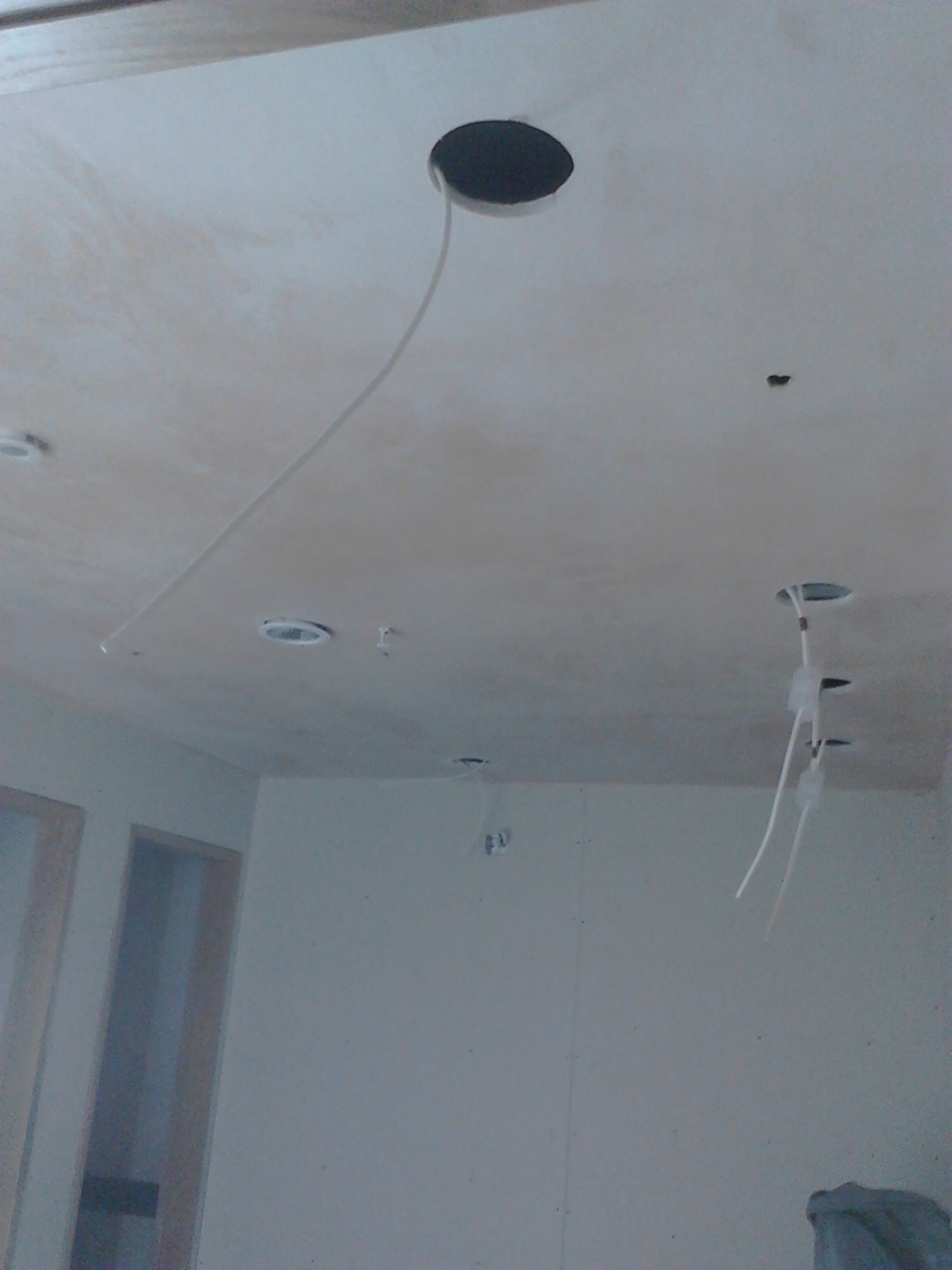id dearly love to present my plasterer with a clear ceiling/wall without any wires hanging out of it that he has to work around. He's also said its easier if I don't drill holes either, but then I have he awkward job of finding cables and not damaging them. I'd like to know if there's a reliable way to leave small holes, push the wires inside but in a way where they both a) won't drop inside the wall and b) won't foul his trowel. He can skim right over the hole for all I care and then I'll break the skim off afterwards. Same for light switches etc, because here drywall boxes I'd like to mount them first because of the lip, then maybe scrim over the whole thing, then he can plaster over it and I can cut the skim out after?
what's e best way?
He's on a metre rate so technically it shouldn't matter but for most of my build I've looked for ways to make the trades lives easier cos I wouldn't want customers making my job harder just because they were ignorantly forcing the hard way..
what's e best way?
He's on a metre rate so technically it shouldn't matter but for most of my build I've looked for ways to make the trades lives easier cos I wouldn't want customers making my job harder just because they were ignorantly forcing the hard way..



